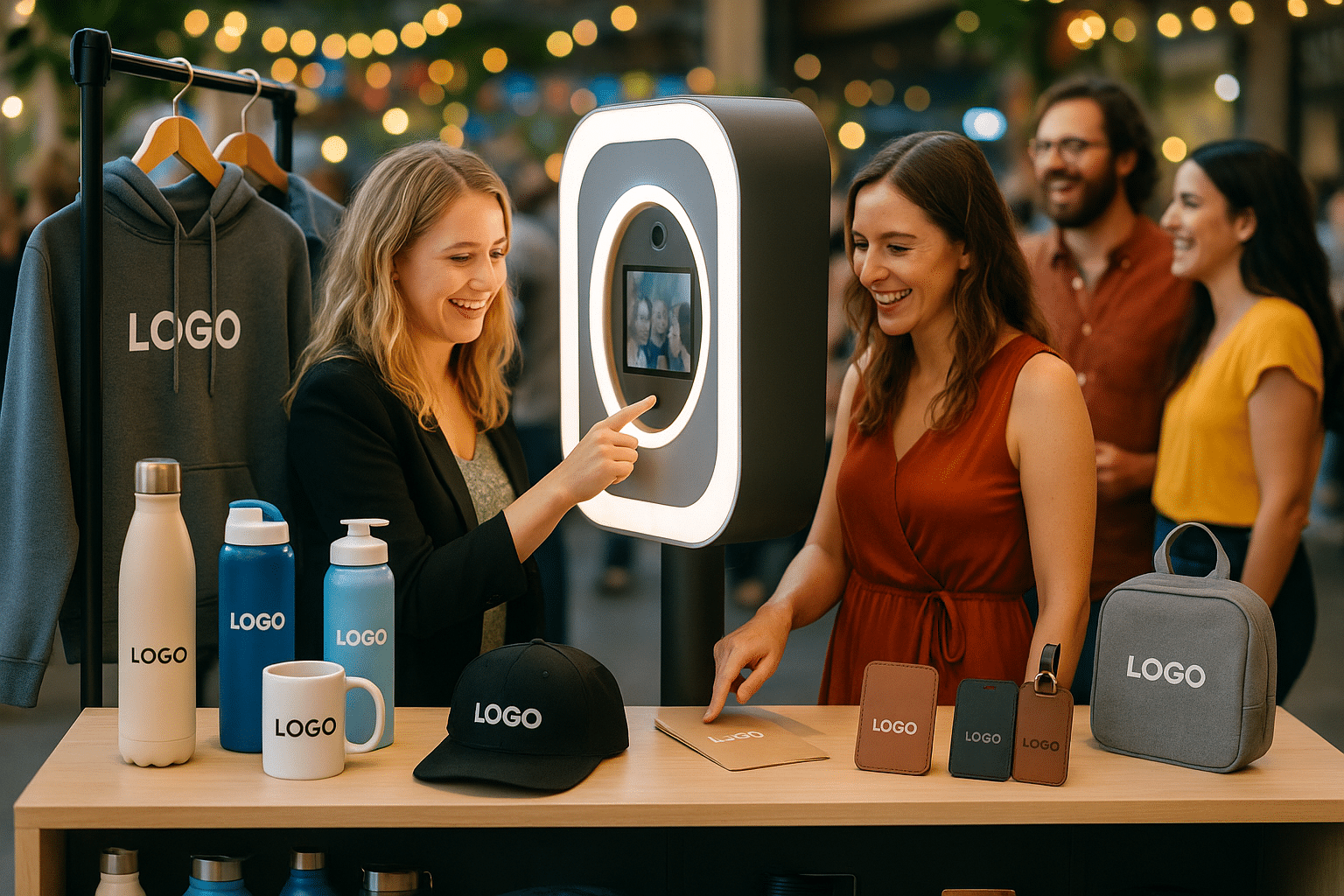Mastering Event Planning in a Digital Era
Mastering Event Planning in a Digital Era

Planning an event requires a delicate blend of creativity, organization, and strategic marketing. In this article, we explore essential tips, interactive trends, and DIY inspirations to enhance your event planning. Discover the significance of branding and behind-the-scenes insights while learning how to incorporate diverse products like thermal bottles and photo booths to elevate guest experiences.
Essential Event Planning Tips
Effective event planning starts with a solid foundation. Understanding your objectives is the bedrock on which everything else is built. Whether you’re organizing a corporate meeting, a wedding, a festival, or a community gathering, each event type has specific goals. Decide if you’re celebrating, educating, networking, or entertaining. This clarity will guide every decision you make, from your venue choice to the technology you implement. Next, defining your target audience ensures that your planning will cater to their needs and preferences, making the experience more relevant and enjoyable. Marketers often say, “Know your audience,” and this wisdom holds true in the realm of event planning as well.
Once your objectives and audience are defined, it’s critical to formulate a budget before you dive into the logistics. An accurate budget allows you to allocate resources wisely and anticipate costs associated with venues, catering, entertainment, and marketing materials, which can include investment into items like thermal bottles, mugs, and laser-engraved products. The latter can serve as great branded gifts for attendees, enhancing their experience and keeping your event at the forefront of their minds long after it’s over.
When analyzing the event type and scale, think carefully about the venue and its capacity, accessibility features, and ambiance. Decide whether to host your event indoors or outdoors, and consider how the weather may impact your plans. Venues like banquet halls and conference centers are excellent for corporate functions, while parks or open spaces may work well for more casual events or festivals that incorporate interactive trends. To protect yourself from unexpected weather-related disruptions, consider foraying into renting tents or canopies that will not only shelter but can also be creatively branded to stand out.
In terms of logistics, the flow of the event is paramount. Think about how guests will arrive and navigate through the space. For instance, on-site signage helps guide attendees, especially in larger venues. Additionally, vendor collaboration cannot be overemphasized. Establishing strong relationships with caterers, tech providers, and entertainment teams ensures smoother execution on the day of the event. Speak directly with vendors to navigate logistics more effectively; they often have valuable insights on what works and doesn’t, based on past events.
Event catering can often make or break the guest experience. When selecting catering options, it’s beneficial to provide a range of choices that account for dietary restrictions. Clients increasingly lean towards organic, local, and sustainable options, which are not only attractive to health-conscious attendees but also promote a responsible image for your event and brand.
Logistics should also account for the interactive elements of the event. Modern guests often expect some form of engagement beyond just sitting and watching. Incorporating audience engagement tools such as live polls, Q&A sessions, and open discussions can significantly enhance the event atmosphere. Also, technology trends like augmented reality (AR) experiences, virtual reality (VR) activations, or mobile event apps add a layer of excitement for guests that traditional media cannot match.
Social media integration represents another trend that can amplify guest interaction. Attendees love sharing their experiences online. Encourage them to post photos with designated hashtags or behind-the-scenes footage. After all, how often do guests get to see the inner workings of an event? These organic interactions serve as powerful marketing tools for your next gathering. To capture the moment, investing in a photo booth has become a staple in the modern event scene.
When considering a photo booth for your event, one must account for a few key factors that will influence not just the aesthetics but the experience as well. First, explore the different options available: open-air photo booths that allow for creative backdrops versus traditional enclosed setups. Also, consider customization options such as branded photo strips or digital sharing features that enhance social media engagement. The investment in professional photo booths may vary, and understanding the photo booth cost upfront will help you make an informed decision. You can either hire a booth or consider investing in one if you frequently host events, allowing for greater control over branding and experience.
Moreover, include unique, interactive items like luggage tags or caps with the event branding. These serve as functional takeaways that convey memories of the event. Attendees appreciate mementos that they can use, which keeps your event fresh in their minds. Creative DIY activities can also be incorporated into the event, where guests can participate in creating their own keepsakes, thereby deepening their engagement with your brand.
Finally, pay attention to behind-the-scenes insights that could be valuable for future events. Collect feedback from vendors and your team post-event to learn what worked well and what didn’t. Did attendees engage consistently with the photo booth, or did they overlook certain features? Observing attendee behavior during the event can provide hints on improvement areas for next time. Overall, keeping a flexible mindset as you plan will ensure you’re able to cater to emerging trends, ultimately creating memorable experiences that resonate with your audience.
Conclusions
Successful event planning hinges on combining innovative strategies with engaging experiences. By incorporating modern trends, embracing DIY projects, and understanding effective marketing, you can create memorable events. Don’t forget to explore the diverse products that add value, such as photo booths, which can create lasting impressions for attendees.




